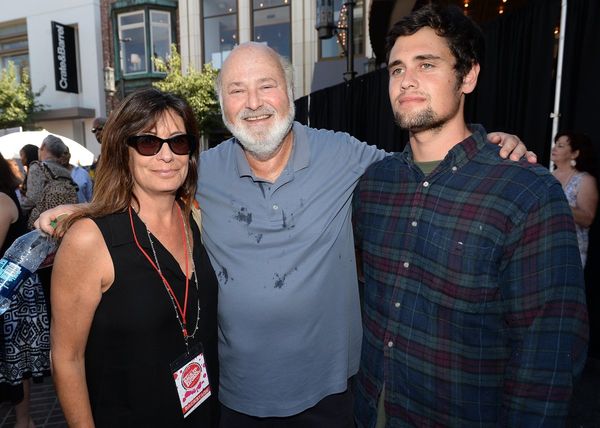
Lynette Boutte spent more than a decade rebuilding her life after Hurricane Katrina destroyed everything she had worked for. Now 77, the hairstylist and educator from New Orleans’ Tremé neighborhood has shared her story as part of a new documentary series marking 20 years since the deadly storm.
Boutte had purchased her building in 1995 and finished paying off the business loan just a decade later. She had recently taken out a lien on her property to cover repairs and install a new roof when Katrina struck in August 2005. The storm destroyed everything she had worked for in just three days.
On the morning of Tuesday, August 30, 2005, the day after Hurricane Katrina made landfall, armed men in uniforms arrived at Boutte’s salon, where she was sheltering with her sister, a friend, and three children. “They held guns at us and told us we had to leave,” Boutte tells PEOPLE magazine. The levees had already broken, bringing flood waters to the neighborhood where her salon, Image Makers, and her home stood.
Forced evacuation through dangerous floodwaters
The group was ordered to make their way to a facility three-quarters of a mile away, even though it meant traveling through chin-high water. “We went from three feet nine inches of water to nearly five feet of water,” says Boutte, who is 4 feet 11 inches tall. “So, that meant we had to try and maneuver so that we could not drown.”
Twenty years ago today, Hurricane Katrina made landfall in New Orleans. At approximately 5:00 AM, the levees broke, flooding 80% of our city. As a result, an estimated 1400 people lost their lives and hundreds of thousands lost their homes. Over half of the victims were Black. pic.twitter.com/O0pdS9y1ik
— Dr. Allison Wiltz (@queenie4rmnola) August 29, 2025
Along the way, the group picked up a pair of elderly twins and a male relative, putting them in a boat and dropping them off at a safe location. Then Boutte, her sister, and the rest of their group made their way to the interstate, one of the highest points in the area. What followed was a long journey to safety that was marked by fear, heat, lack of water, and injustice.
After being transported to Texas, Boutte and others were dropped off at a stadium. The group was told to leave their belongings on the bus and were searched. An exhausted Boutte, who had not bathed in a week, replied, “I hope it smells good.” From there, she caught a plane from Dallas to Florida, where one of her siblings lived. She ended up in the hospital due to dehydration, high blood pressure, and an eye infection. “I was really ill when I got there,” she says.
Long road to rebuilding what was lost
By October 2005, Boutte visited her devastated home city but did not move back until January the following year. Every cent she received from the insurance company was immediately taken by the bank. Her building had been destroyed, but she refused to sell. “I done paid for this building three times,” she says. “There’s nothing really I can do about it because I want to stay where I am – this is where I’m established.”
Hurricane Katrina 20th Anniversary: Advancements in Intensity Forecasting (Part 4 of 5)
— National Hurricane Center (@NHC_Atlantic) August 28, 2025
Friday, August 29 is the 20th anniversary of Hurricane Katrina making landfall along the U.S. Gulf coast and devastating the coasts of Mississippi and southeastern Louisiana. A lot has… pic.twitter.com/JPFehcGglq
Boutte began working as a stylist and teacher at another location, saving for years until she could reopen her salon in Tremé in 2017. The business owner says she is happy she made sacrifices so she could return home. Understanding what happened during Hurricane Katrina remains important as communities continue to recover from similar disasters. “My heart’s in this place,” she says.
Boutte’s story is one of many featured in National Geographic’s new five-part documentary series Hurricane Katrina: Race Against Time, which premiered in July 2025. The series, executive produced by Ryan Coogler, offers an intimate look at the disaster through the eyes of those who lived through it. The documentary aims to correct persistent false narratives and expose how a natural disaster became a national tragedy.







